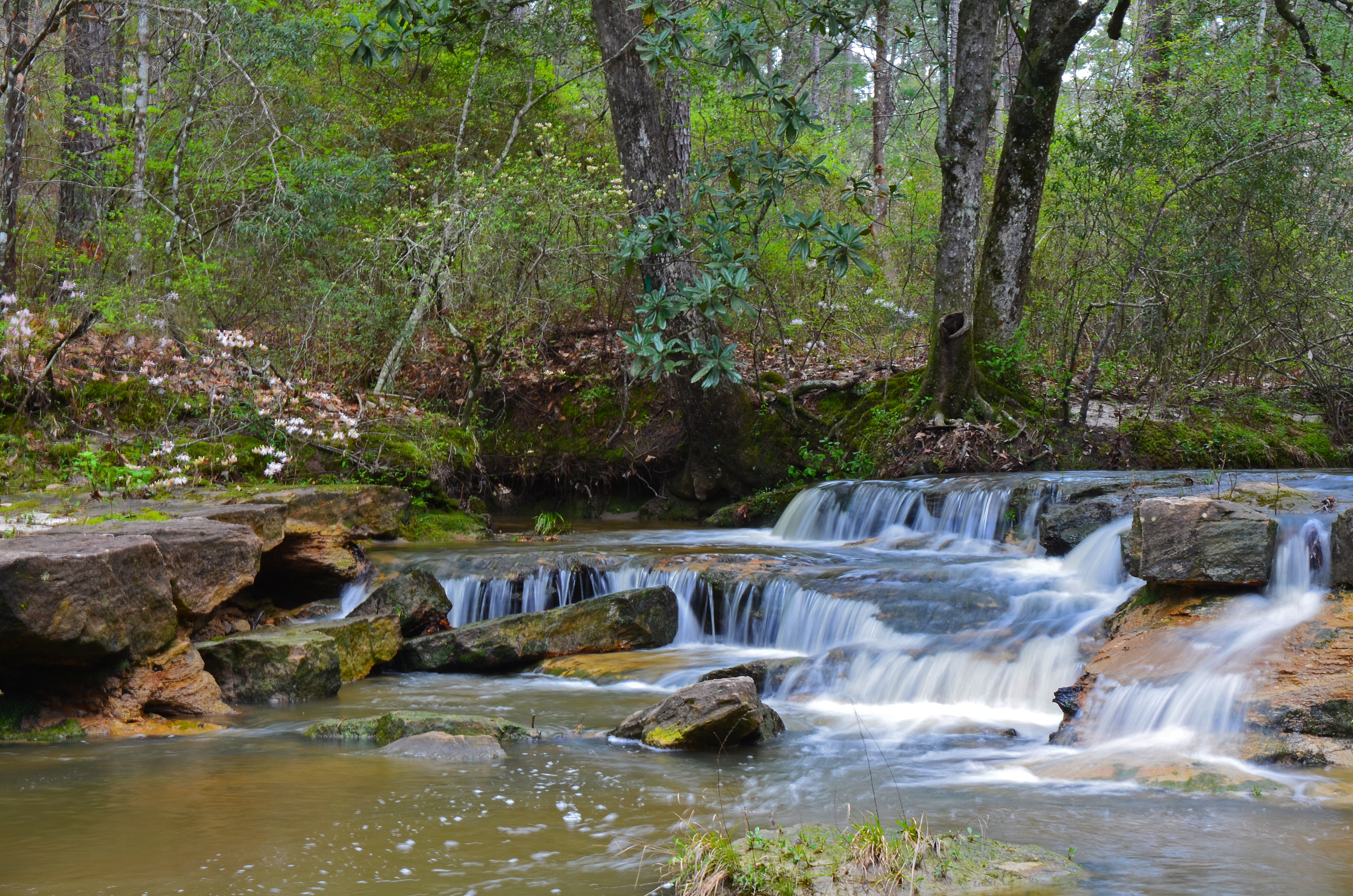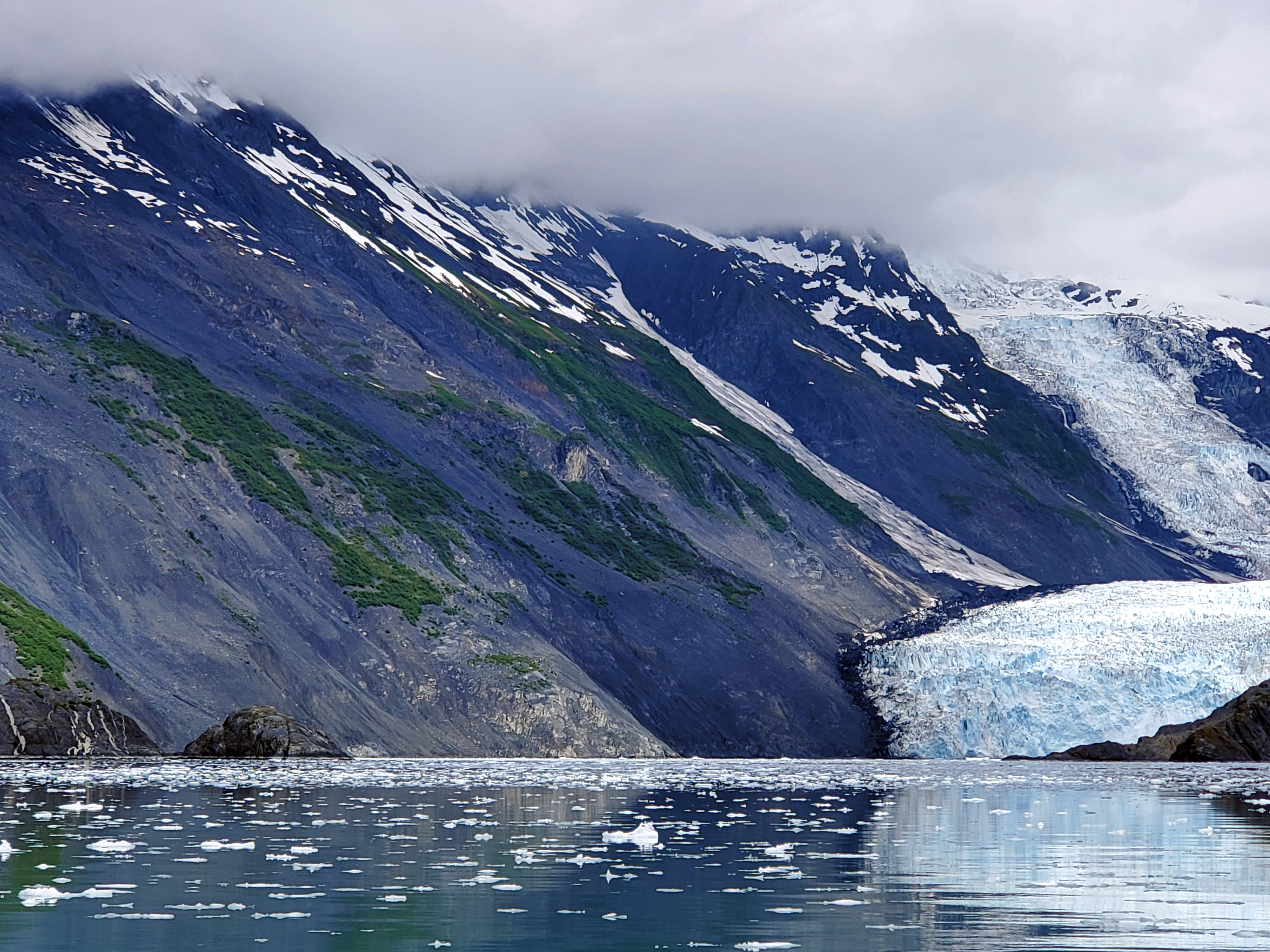Research Forester Grant Domke thinks a lot about trees and carbon, and he is not alone. When not “captured,” or fixed in place naturally by trees, soil, grasslands and oceans, carbon is one of the leading greenhouse gases contributing to climate change. This year, Domke and his team reported that in terms of terrestrial carbon storage, forest land, harvested wood products, woodlands, and urban trees collectively represent the largest net carbon sink in the United States, offsetting more than 11% of total greenhouse gas emissions in 2019.
As a research forester with the USDA Forest Service’s Northern Research Station, Domke studies where and how forests store carbon. Forests lose trees in a variety of ways, including losing large swaths of trees suddenly to forest fires, and more gradually to age, disease and timber harvest. The question is, how would replacing those trees, something foresters call reforestation, affect the amount of carbon a forest captures?
To answer that question, Domke and his team in the Forest Inventory & Analysis (FIA) Program analyzed data from more than 130,000 of the forested FIA plots established throughout the nation. Crews regularly visit these plots to measure and inventory trees and other vegetation, inventory invasive species, and take soil samples, making the FIA the gold standard in forest inventory. Domke’s team found that fully replanting forests that have lost trees, particularly in western states, Florida, and the Northeast, could substantially increase the annual carbon capture on existing forest land.
Domke’s analysis takes into consideration tree growth, removals, and mortality and focuses on productive forest land available across all land ownerships, including federal, state and private. According to Domke, fully restocking these forests has the potential to increase potential carbon sequestration capacity by an estimated 20%.
“Not only does targeted tree planting on productive forestland have the potential to increase carbon storage, but it will also increase all of the benefits of trees, such as removing air pollution and purifying water,” Domke said. “That said, we must work with nature to ensure regeneration success by planting the right trees in the right places at the right densities.”
Domke’s study notes that forests are just one of many nature-based solutions that can be used to mitigate climate change. “Tree planting is one of many forest management activities that can be used to address some of the challenges we face, but is by no means the only way,” Domke said.







